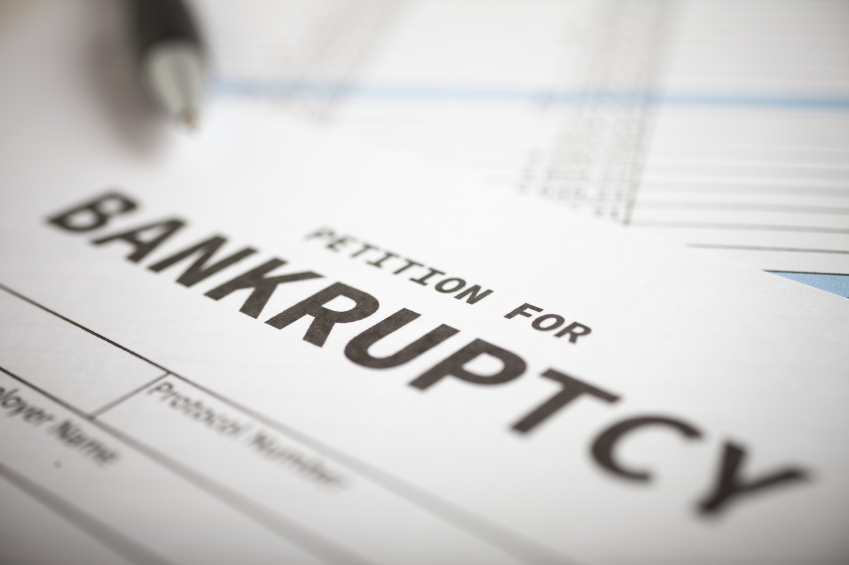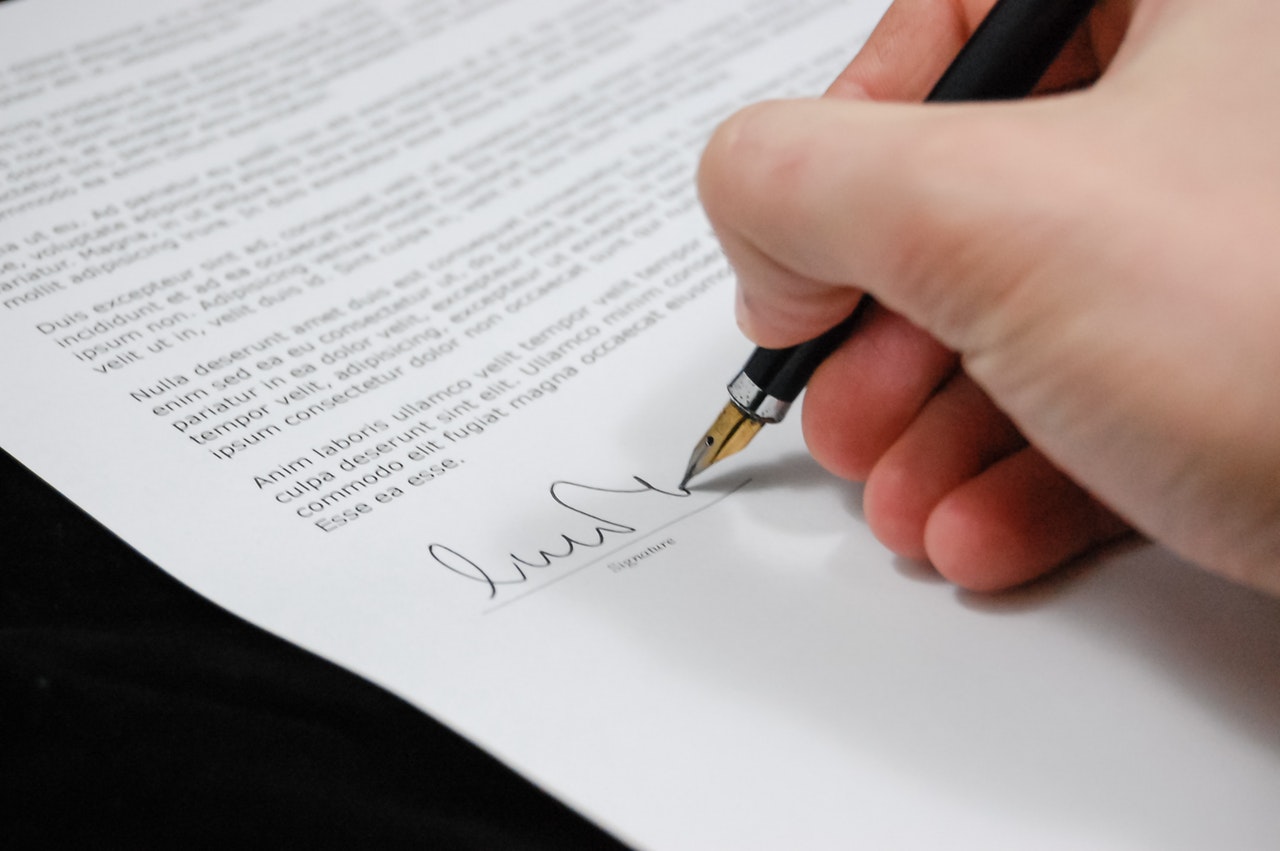For some, there are times when the bills pile so high that there is no other choice but to file for bankruptcy. Thankfully the laws allow for the opportunity to start over again – compare this to countries like Hong Kong that don’t even allow people to be a company director after filing for bankruptcy.
With that in mind, here is a list of what you must do before filing for bankruptcy. While this article should not be taken as legal advice, it will give you some guidance as you start on a journey to take your life back from the clutches of debt.
Step 1: Talk to an Experienced Bankruptcy Lawyer
This point cannot be underestimated as it is the best way to talk to someone about the specifics of your situation and what to expect as you work your way through the process. While there are great bankruptcy lawyers throughout the country, we noticed that the Law Offices of David M. Offen continually gets high marks from clients in Philadelphia and surrounding areas.
If you are taking to a lawyer, then some of the questions you want to ask them before you get started is how many bankruptcy cases have they handled and in which jurisdictions. In addition, you want to ask the lawyer how well they know the trustees in your area as this will be a good indication of the working relationship they have.
Lastly, don’t wait until it is too late to talk to a lawyer. This means that you need to seek out advice before you receive any payment notices from state or federal tax authorities. The best advice is to reach out to a lawyer when you are first considering bankruptcy as this is when you will have the most control over the process going forward.
Step 2: Make a Budget
Now, you might already have a budget in place, but the challenge might be that you can no longer make ends meet. If this is the case, then you are in a good position as you already know your monthly expenses.
However, if you don’t have a budget, then you need to sit down and map out your sources of income and your expenses as this will be a vital part of determining the how you will repay your creditors.
To start with you will need to pull together your monthly bank statements as well as a list of expenses you have – don’t leave anything out as failure to properly account for your expenses could come back to haunt you later.
This brings up a key point about medical expenses, one of the biggest reasons why people file for bankruptcy. In this case, you want to coordinate with your lawyer as medical care related bankruptcies often cover complex treatments over months, if not years. As such, you will need to work out how much of your medical care is already complete and what will happen to future treatments if they are not covered by the bankruptcy filing.
In addition, you will need to consider how filing for a bankruptcy could impact your medical care. Professional ethics aside, most medical service providers are for-profit businesses and as such, they might be prone to deny care if they know you will not be able to pay for it.
Step 3: File Your Taxes
This is one step that many people tend to forget but the reality is that you cannot file for bankruptcy if you haven’t submitted tax returns for the previous four years. Failure to do so could delay when you can file for bankruptcy and this could make your entire situation worse.
As such, you will want to get your taxes in order as the IRS could request dismissal of your bankruptcy filing. Don’t let you happen to you.
Step 4: Track Your Self-Employed Income
For the self-employed or 1099 (i.e. contractors) who are filing for bankruptcy, you will want to make sure you that have your income and expenses charted for at least the last six months. This is because the bankruptcy court will use what is known as a ‘means test’ to determine your average income and disposable expenses over this period. Means testing will help the court decide how much you can pay in bankruptcy to your creditors as well as the best schedule for when those payments will be made.
Step 5: No Cash Advances
Just because you are considering bankruptcy doesn’t mean that you should run up your credit card balances. If anything, this would show the court that you are using bankruptcy, not as a legitimate way to get your finances back on track. In addition, it is not uncommon for credit card companies to allege fraud when bankruptcy filers take out large cash advances in the months leading up to their filing. As such, don’t treat your credit cards as a checking account.
The decision to file for bankruptcy can be a difficult one to make but for most people who get to this point have no other choice. Fortunately, we live in a country that allows us the opportunity to start over again and this has helped to remove the stigma from going into bankruptcy.


